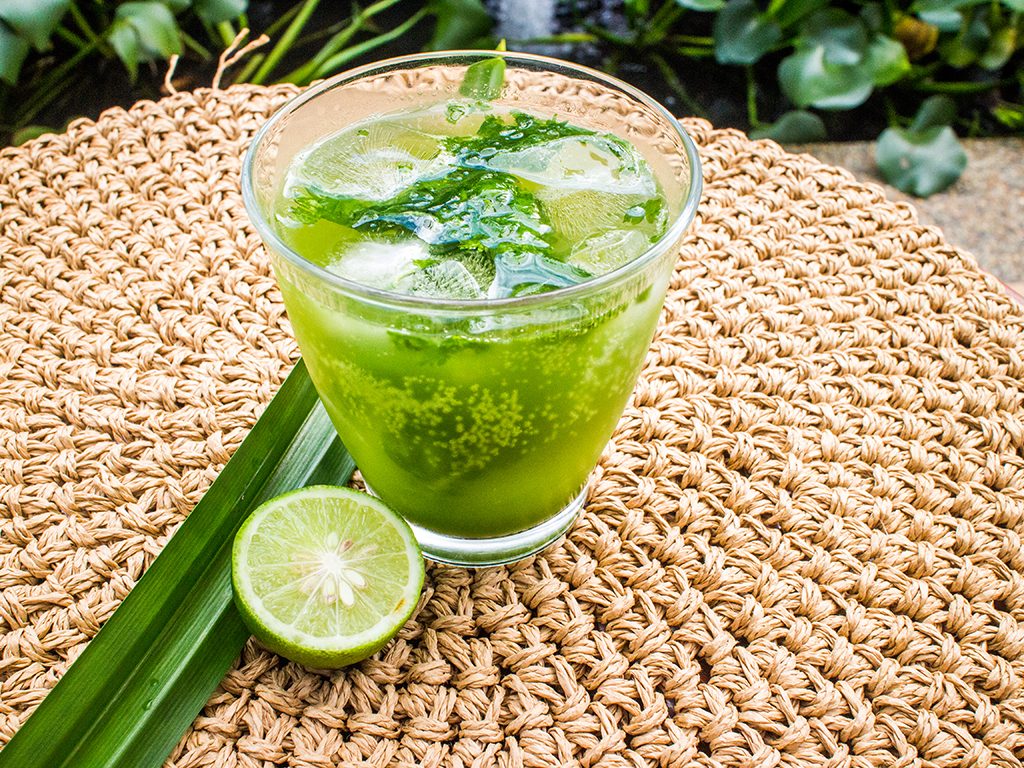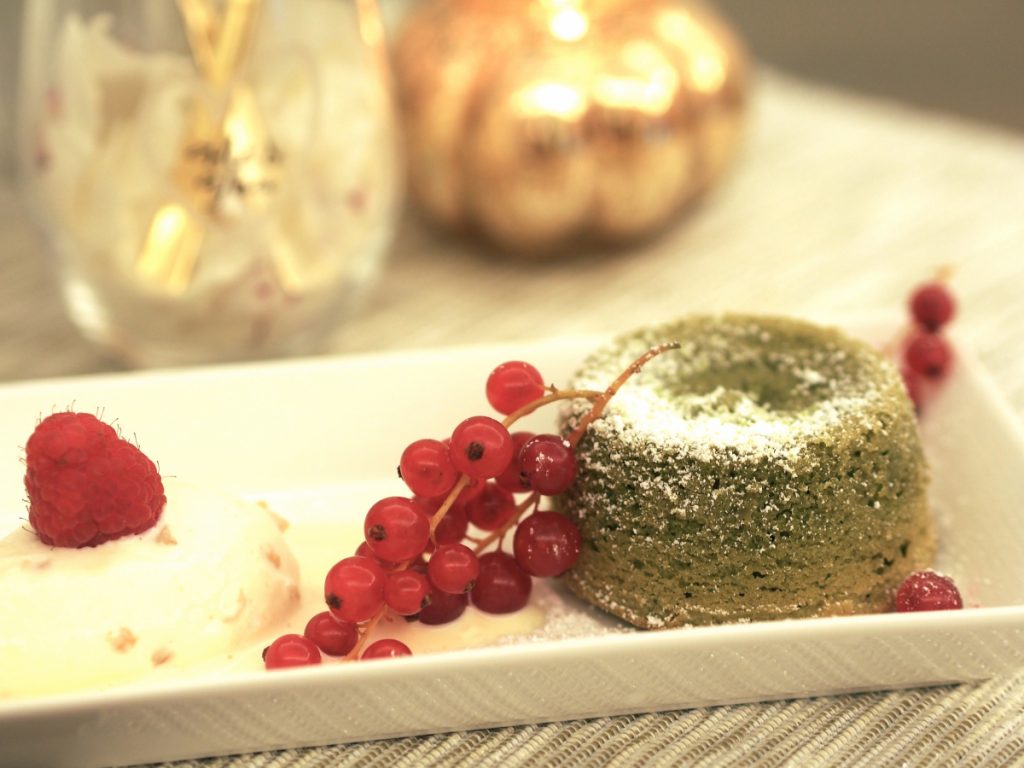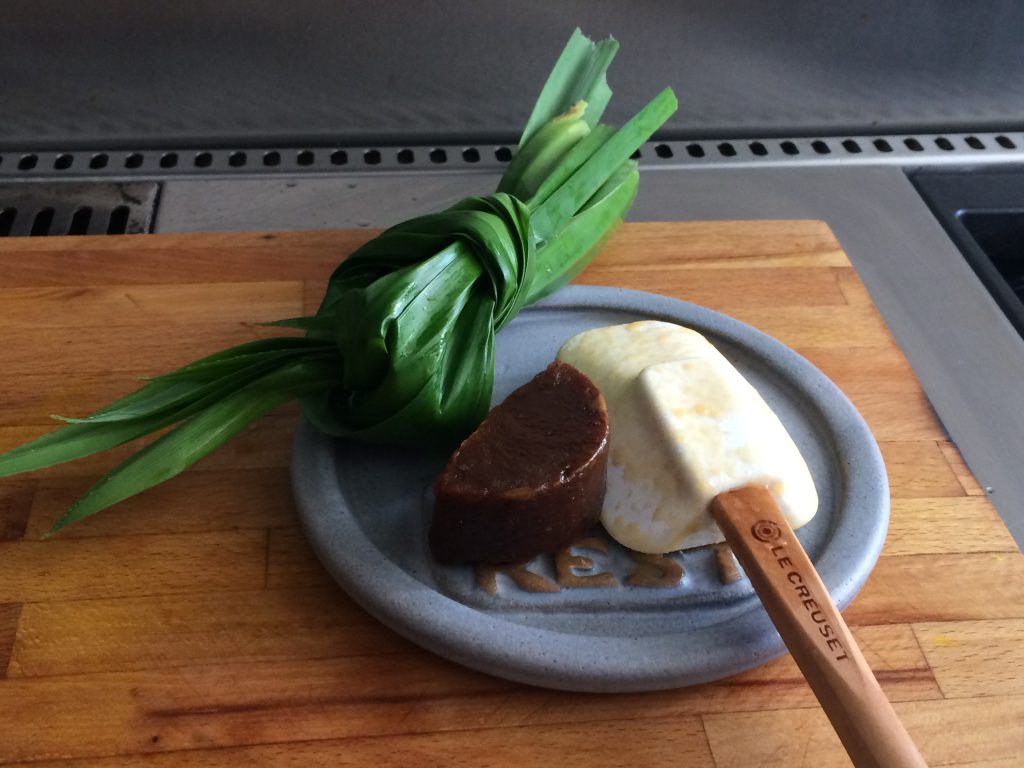One of my fondest childhood memories was asking my grandmother why she was cooking long leaves. I was confused then and didn’t know it yet, but those leaves soon turned into one of my favourite flavours of all time – the pandan leaf.
Celebrity chef Nigella Lawson is famous for sending the sales of avocado soaring by 30% after she filmed spreading it onto toast. And now, she reckons that pandan will become the new avocado.

The pandan leaf (also called the screwpine leaf) has been a common food ingredient in Asian countries for generations, from the classic Malaysian ayam masak merah to desserts like sponge cake and jelly.
It would be hard to describe its flavour to someone who has never tasted it. The verdant leaf has a soothing, floral scent, with a grassy tinge. The smell almost reminds you of morning dew after the rain, but with a taste (and health benefits) almost akin to coconut. But while most of us adore it for its unique flavour, we also overlook the additional health benefits that come with it!
Pandan cleanses the body and lifts our spirits
Body aches? Stomach cramps? Instead of pricy and potentially harmful pain medication, you can now try a dose of screwpine leaves. The relaxing and laxative properties of the miracle plant have proven to be a surprisingly effective pain relief.
Applying pandan leaves soaked in heated coconut oil to affected areas can provide relief to body ache or arthritis. Back in the day, it was also commonly used to help mothers who had just given birth. It helps to soothe cramps and calm their nerves.
Nowadays, some people use the leaves to make tea with honey, as it helps with relaxation and pacifying nerves. The calming, smooth scent also plays a big role in soothing headaches, reducing hypertension and lowering blood pressure. It even helps with anxiety and insomnia, a common problem nowadays.
The additional benefits include detoxifying abilities that can cleanse your body system. Drinking pandan tea with lemon can be a great energiser. You can recover from fatigue and refresh yourself, and smell good at the same time!
Essence of pandan has plenty of benefits too

Pandan contains nourishing essential oils, such as glycosides, alkaloids, traces of tannin and isoprene esters, all of which can help increase vitality and health. It is also proven to control blood sugar levels, a fact which benefits diabetic patients.
It helps in boosting your overall health in the long run, especially as you get older. The extracted nutrients from the plant are also used to reduce fever, relieve indigestion and help with a gassy stomach.
Disease-wise, it is also believed that the anti-carcinogenic properties in the plant helps with fighting the effects of cancer. Studies have shown that it helps to prevent cancer cells from growing and act as a protective barrier against the harmful effects of toxins.
Drinking boiled pandan leaf water can also reduce the uric acid levels in your body, which in turn can help deal with gout. When taken at regular intervals, it also helps to prevent and get rid of kidney stones.
Healthy hair with pandan leaves!
Best of all, ingesting pandan has no side-effects at all! It is a safe and natural way to nourish yourself and enjoy all the benefits that this miracle plant contains.
Cooking with leaves?

The pandan leaf looks like your typical plant – it’s long, green and narrow, grows in bunches and crunches under your feet when dry. Untouched, it smells vaguely like grass and dew, just like any other roadside vegetation.
However for South-East Asian countries, this plant is considered to be one of the many common ingredients in both culture and cuisine! It is used in all kinds of traditional recipes. The pandan leaf can also be purchased in local stores and supermarkets, either fresh, frozen or dried. Its extract can also be found as a liquid in varying shades of green.
Pandan leaves in food
These leaves have to be either shredded or boiled in order to release more flavour. While the fresh leaves have a pleasant, vanilla-like smell, the taste requires a little more care to bring out. Whole leaves can be used in meals, or made into extracts that are used for cakes and confectioneries. They are usually used to infuse dishes like rice, curry and desserts, either as flavoring or coloring.
Pandan leaves are used in various curry recipes in Malaysian, Thai and Balinese cooking. In Malaysian and Singaporean dishes, the more common example would be Malay dishes like ayam masak merah, nasi lemak and more. Pandan leaves also enhance the flavour of seasoned rice. In Malaysia and Indonesia, some types of fragrant rice that are made with pandan are nasi minyak, nasi kuning and nasi padang.
Cooking with pandan leaves
Pandan leaves are used in the famous Malaysian ghee rice (or nasi minyak), giving a natural fragrance and unique taste to the dish
The pandan leaves are traditionally tied into a knot and added in soups, stews or curry while it’s being cooked. Usually, the leaves are bruised or raked with a fork or something similarly sharp to release its aroma. Another traditional way is using a mortar and pestle to pound the leaves, extracting its juice or making paste.
Alternatively, fresh leaves are used as wrappers in Southeast Asian cooking, as it provides a distinct flavour to the recipe. The leaves are wrapped around various types of meat like chicken, pork or fish, glutinous rice and even desserts. After the food is wrapped up, the food is usually then roasted, steamed or grilled.
For dessert, it goes well with coconut milk, lemongrass, brown sugar and more. The common usage is for glutinous rice-based desserts, sweets, puddings, soups, and coconut drinks. The leaves bring out a fragrant vanilla-like smell that sweetens the dessert, which is why pandan-flavoured food is usually favoured by children.
Pandan has other uses too!

Besides in cooking, it is quite popular to use knotted pandan leaves as a source of fragrance. They are placed in vehicles to freshen up the stuffy interior, and in wardrobes to make the clothes within smell nice. Another popular alternative is to place leaves into shoe cupboards to get rid of the stink. The leaves provide a fresh, grassy scent that acts as a natural perfume.
Even though we tend to favour the unique, attractive scent of pandan leaves, it is found to be repulsive to cockroaches! Placing the leaves doesn’t just work as fragrance, but also a cheap and organic repellent for those pesky little bugs.
Another practical use for the leaves is known as mengkuang; Malays use the dried leaves to weave and make products like mats, fans, bags and more. The leaves are carefully dried and dyed with different colours before the weaving process. For fresh leaves, it’s a trend to make woven roses. These pandan leaf products are usually popular with tourists!
Despite being commonly found throughout Southeast Asia, very few supermarkets overseas carry stocks of pandan leaves. But, surprise surprise, you can actually get them online! A 200g bunch of fresh leaves will roughly cost £7 (RM38) with shipping.
In recent years, the pandan trend has slowly caught up around the world, even being called the “vanilla of Southeast Asia.” And it’s high time that the magical pandan plant gets its proper due; easily grown, cheap to buy, useful ingredient with multiple uses, and carries with it incredible health benefits.
Oh, and did we mention, that it smells and tastes great too?
Try these food ideas and recipes that uses pandan as a main ingredient:



